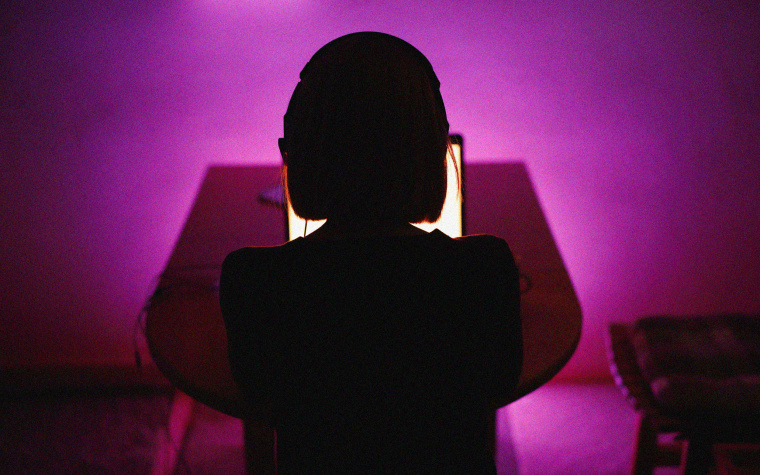As the world prepares for a new era of artificial intelligence, a recently released study says that two groups stand to be uniquely affected: Asian Americans and women. They are already among the most exposed to AI in the workplace, and could see parts of their jobs replaced by the new technology, the research found.
Released last week by the Pew Research Center, the study determined that out of all U.S. ethnic groups, Asian Americans have the highest share of workers that are regularly exposed to AI. That number is still relatively low: 24 percent of Asian American workers are in fields categorized as “most exposed,” followed by 20 percent of whites, 15 percent of Black people, and 13 percent of Hispanic people.
“Most exposed,” according to the report, means the job’s most important activities could be altered or taken over by AI.
“It could help or harm. We are uncertain about what the future holds,” said Rakesh Kochhar, a Pew senior researcher and the author of the study.
Jobs like budget analysis, data entry and web development were all ranked as being high exposure fields. They tend to be high paying, require college degrees and are heavily intertwined with technology. Chief executives, veterinarians and sales managers were listed as examples of medium exposure jobs, while pipe layers, child care workers and firefighters see low AI exposure.
“Asian workers have the greatest degree of formal education,” Kochhar said. “They are more likely to be represented in jobs that are more analytical, that deal with the latest technologies. And that is precisely where artificial intelligence functions.”
Hispanic workers, he said, rank on the lower level of AI exposure, as much of the population works in physical labor.
“They tend to be concentrated in construction, or in maintenance or landscaping occupations where AI does not yet extend,” he said. “It may in the future.”
There is also a significant difference in AI exposure between women and men in the workforce, the study found. Twenty-one percent of women are in jobs that are most exposed to AI, compared to 17 percent of men. Women tend to dominate jobs in health and education, Kochhar said, while men make up more of industries like construction or manufacturing.
While AI panic has taken center stage in recent months, the research shows that most workers in highly exposed fields are more hopeful about AI than scared. For example, 32 percent of those in information technology jobs say AI will help more than hurt, while only 11 percent said the opposite.
But Asian American community leaders worry that while the technology might benefit those in high-earning, high-tech jobs, lower income Asians might get left behind.
“Within the Asian diaspora, the folks that came in during the tech wave have benefited tremendously,” said Khánh Vũ, CEO and executive director of the Society of Asian Scientists and Engineers. “But some of the Asians that came through war, or with different immigration status … they are more blue collar.”
While lower-income Asians are more likely to be in fields with less AI exposure, further development of the technology and integration into other fields like robotics may automate some of those physical labor jobs.
“They will be highly impacted, and they have a lot less room to adapt,” Vũ said. “AI, overall, will magnify some of these disparities that we have in our society.”
Despite what we’re seeing right now, Vũ emphasized that it’s hard to predict what’s to come.
“It doesn’t surprise me that it’s going to impact Asians,” he said. “We’re just on the cusp of this revolution. This is the first wave to impact.”

